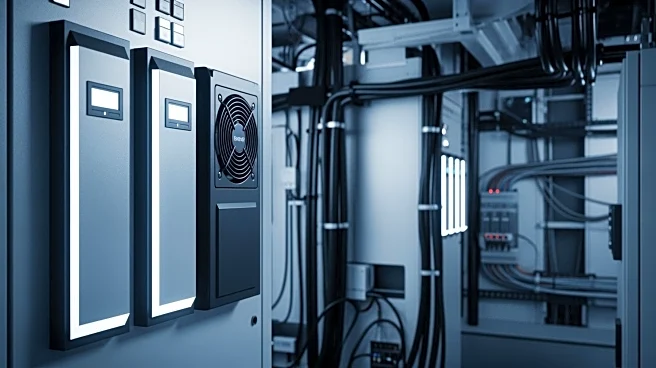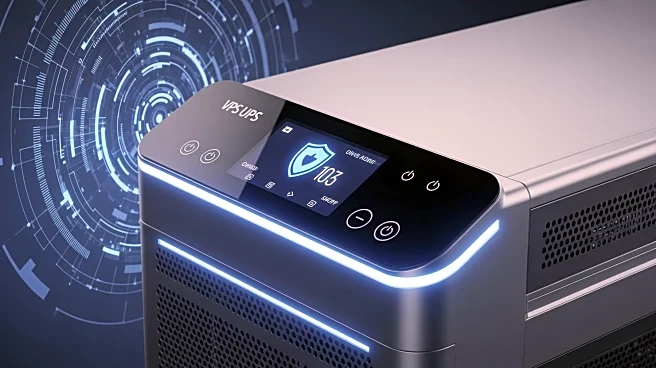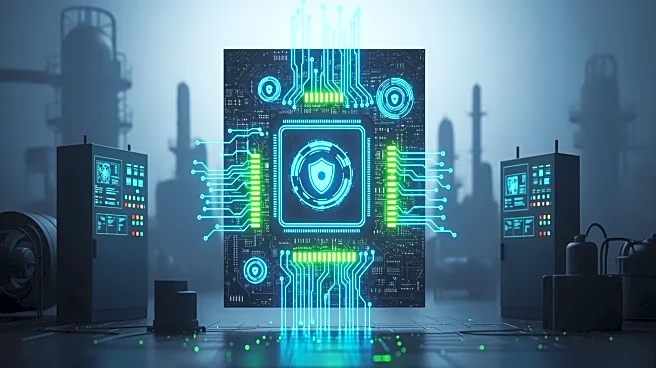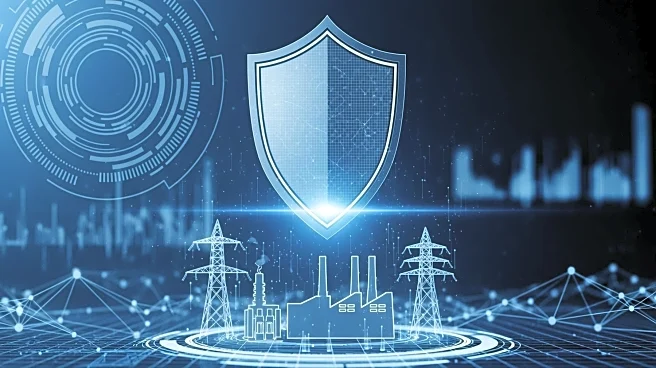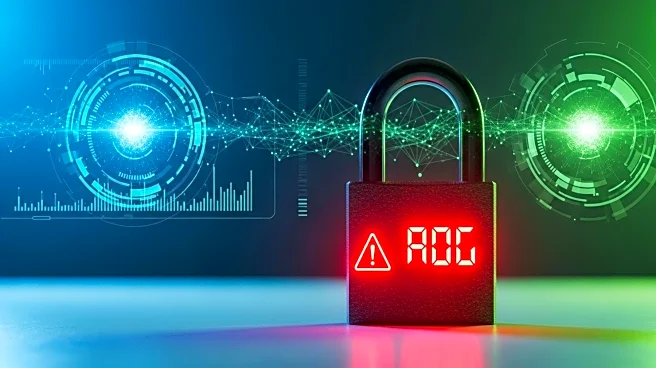What's Happening?
Phoenix Contact has released patches for several vulnerabilities in its QUINT4 uninterruptible power supply (UPS) products. These vulnerabilities, identified by cybersecurity firm CyberDanube, include
five distinct flaws that can be exploited by remote, unauthenticated attackers. Four of these vulnerabilities, tracked as CVE-2025-41703, CVE-2025-41704, CVE-2025-41706, and CVE-2025-41707, can lead to denial-of-service (DoS) attacks, potentially putting devices in a permanent DoS condition. One particular vulnerability, CVE-2025-41703, allows an attacker to use a Modbus command to turn off the output of a UPS device, described as a 'dangerous function exploitation' leading to 'denial of power service.' Another flaw, CVE-2025-41705, involves password information leakage, allowing attackers in a man-in-the-middle position to intercept Webfrontend passwords. Phoenix Contact advises using these devices in isolated industrial networks and protecting them with a firewall.
Why It's Important?
The vulnerabilities in Phoenix Contact's UPS devices highlight significant risks for industrial networks, which rely on uninterrupted power supplies for critical operations. If exploited, these flaws could lead to severe disruptions in industrial environments, affecting production and operational continuity. The ability to remotely disable power supply or intercept credentials poses a threat to the security and reliability of industrial systems. Organizations using these devices must ensure they are deployed in secure, isolated networks to mitigate potential attacks. The incident underscores the importance of robust cybersecurity measures in industrial settings, where the impact of cyber threats can be substantial.
What's Next?
Phoenix Contact has released firmware updates to address most of the vulnerabilities, except for CVE-2025-41703, which cannot be patched without disrupting legitimate functionality. Organizations are advised to implement the recommended security measures, including network isolation and firewall protection, to safeguard against potential exploitation. Cybersecurity professionals and industrial operators will need to remain vigilant and ensure that their systems are not exposed to the internet, as this could allow attackers to exploit the vulnerabilities directly. Continued monitoring and adherence to cybersecurity best practices will be crucial in preventing future incidents.
Beyond the Headlines
The discovery of these vulnerabilities raises broader questions about the security of industrial control systems and the need for ongoing vigilance in cybersecurity practices. As industrial networks become increasingly interconnected, the potential for cyber threats grows, necessitating proactive measures to protect critical infrastructure. The incident may prompt further scrutiny of cybersecurity protocols in industrial environments and drive innovation in security solutions tailored to these unique settings.
